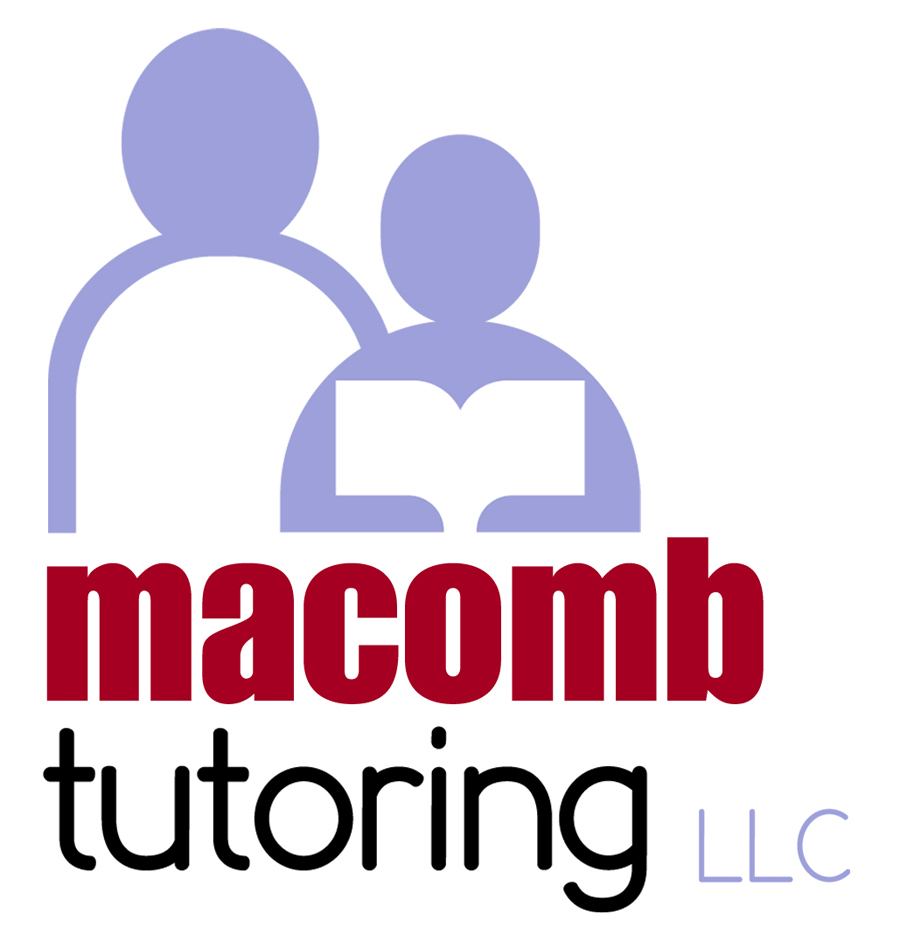by D. Omari, M.Ed.
The Orton-Gillingham Method is a special way of teaching reading and spelling. It can be helpful for any student, but it is especially well-known for helping support students who have been diagnosed with dyslexia. The method was developed by Neurologist Dr. Samuel Orton and his psychologist/educator assistant, Anna Gillingham, in the 1930’s (Who Were Orton and Gillingham? | Academy of Orton-Gillingham Practitioners and Educators - ortonacademy.org).
Some of the hallmarks of Orton-Gillingham methodology are that it is:
Multisensory: It simultaneously uses visual, auditory, kinesthetic, and tactile senses to help develop reading and spelling skills;
Sequential: Reading and spelling skills are taught in a step-by-step manner, from easiest to most difficult;
Structured: Lessons are taught in a predictable way, and students are never expected to know material they have not been directly taught;
Cumulative: Review of previously learned information is ongoing, which helps students achieve mastery.
In addition, Orton-Gillingham instructors are taught to carefully observe a student’s progress while teaching and to adjust lesson speed and lesson content accordingly. Depending on the starting point of the student as well as any possible learning disability, each student’s speed of learning will vary. Lessons are designed to take place at a student’s instructional level, which means receiving intensive guided help with skills that are just above whatever the student already knows—regardless of what peers are learning at school. If a student needs more practice to master a skill, more practice is provided. When a student’s skills improve, the level of the lesson goes up too. For this reason, Orton-Gillingham sessions are usually taught one-to-one or in a small group setting.
Side-by-side with learning phonetic concepts, Orton-Gillingham students learn sight words. Sight words are common non-phonetic words such as “said”, which looks like it should be pronounced with a “long a” sound but is not, or words that occur frequently in text and cannot be sounded out until much later in the Orton-Gillingham phonetic sequence of skills. The Orton-Gillingham sight word list is not the same as the high-frequency Dolch word list that is often taught at school. In the Orton-Gillingham approach, sight words are taught in a special way so that students don’t confuse them with words they can sound out.
Because they are so highly individualized, Orton-Gillingham sessions can be customized to students’ academic needs. For example, when a student struggles with the concept of letter-sound relationships, Orton-Gillingham sessions can be supplemented with instruction in phonological and phonemic awareness, which are important pre-reading skills (for more information, please see the following link: Phonological and Phonemic Awareness: Introduction | Reading Rockets). For students who are more advanced in reading skills, Orton-Gillingham sessions can be supplemented with exercises in vocabulary, grammar, and written expression. These additional language arts skills can be especially important for students who have dyslexia since they may not read as much as their peers do. Reading less can sometimes cause students who have dyslexia to fall behind in exposure to new words, sentence structure, and organizing thoughts in writing. Therefore, additional support in these areas can be helpful. Finally, advanced Orton-Gillingham lessons can be supplemented with instruction about the Latin and Greek roots of the English language. This is important because advanced vocabulary words that derive from Latin and Greek are frequently used in high school and beyond. Students in advanced Orton-Gillingham lessons don’t learn the ancient Latin and Greek languages, but they do learn strategies to help them read, pronounce, and understand the many English words that originally came from those two languages.
Orton-Gillingham sessions usually last about 50 minutes apiece but are seldom more than 60 minutes long. Ideally, sessions take place twice a week for the best progress.
In terms of instructors, the bare minimum training for an Orton-Gillingham tutor is generally considered to be a 40-hour class, although more advanced Orton-Gillingham instructors may have undergone hundreds of hours of training and have many years of experience helping students.
One more point before concluding: it is important to understand that although the Orton-Gillingham approach to teaching reading and spelling can often help students with dyslexia, it cannot cure dyslexia, which is a lifelong condition. Some students who have dyslexia may require extra academic support throughout their school experience and may continue to have a slower reading speed and more difficulty with spelling than their peers. This is why accommodations at school such as additional time for assignments and speech-to-text technology may be needed for some students to demonstrate the full depth and breadth of their knowledge. However, the Orton-Gillingham method does teach students important reading and spelling strategies that have helped many people—both with and without dyslexia—become better readers and spellers. With these skills often comes increased self-confidence. Many people with dyslexia, especially those who have received understanding and appropriate academic support, complete college (when that is part of their career plan). And countless people with dyslexia go on to lead successful careers in all sorts of endeavors.

